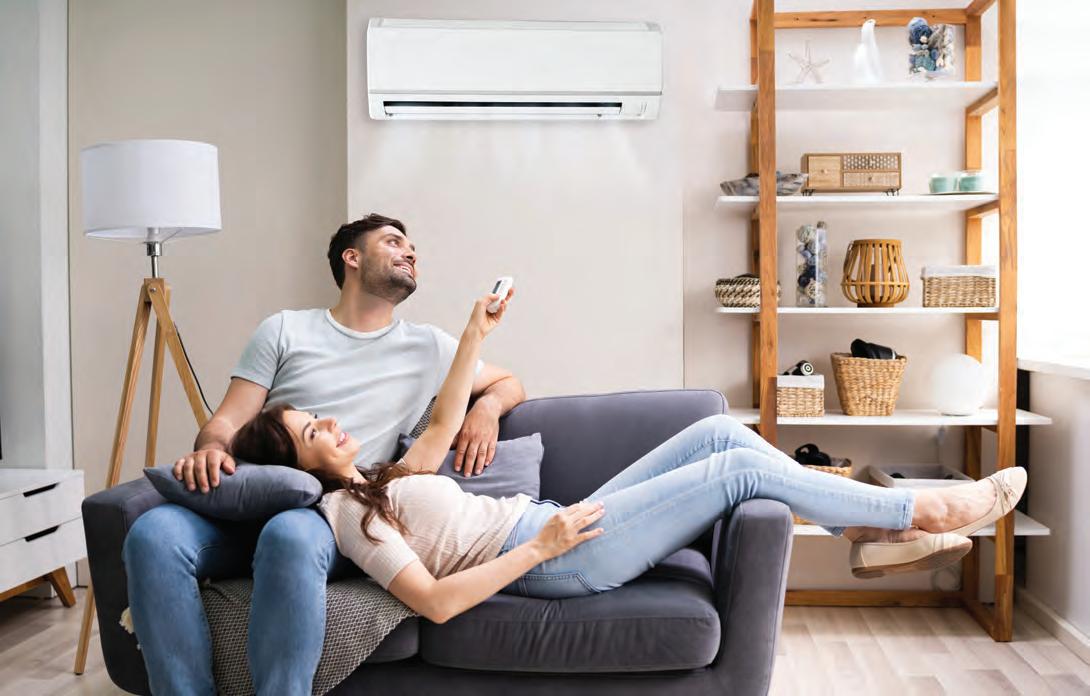
2 minute read
Cool air-conditioners
UpCOOL DOWN … WARM
WANT AIR-CONDITIONING UNITS THAT ARE SUPER ECO-FRIENDLY? HIRSCH AIR IS AT YOUR SERVICE ALL YEAR ROUND
Advertisement
Hirsch’s have been selling and repairing air-conditioning units since they started out in 1979. However, it was only in 1990 that they realised they were selling so many units, they decided to set up a division dedicated to selling, installing and repairing air-conditioning units – and that was when Hirsch Air was founded. This “cool” division has gone on to win awards year on year for being the biggest seller of several makes, including LG and Samsung.
Our Hirsch Air team recommend that air-conditioning units be serviced once a year. This will involve routinely replacing or cleaning the filters, as clogged or dirty filters block normal airflow and reduce the system’s efficiency significantly. Replacing a dirty, clogged filter with a clean one can lower your air-conditioner’s energy consumption by 15%.
If you’re looking at buying a new airconditioner and want something that is energy efficient, consider buying inverter air-cons that will help you save up to 40% on your energy bill.
Our air-conditioner suppliers, Fourways Aircon, explain the difference between inverters and non-inverter airconditioners (the conventional kind).
So how do non-inverters work?
Once you’ve set your desired temperature on the wall-mounted indoor unit – let’s say 22°C – the outdoor unit starts up and begins the cooling process.
As the air-con starts up it uses more current, then continues to run at full speed to create cool gas.
Pipes then carry the cooled gas from the compressor through to the indoor unit, where its fan blows air over the cold heat-exchanger piping into your room, thus cooling it down.
Once the indoor temperature has reached the pre-set temperature, the outdoor compressor switches off until the temperature inside rises above the pre-set level. At this point the entire process repeats itself.
The downside of this on-off process is that it may consume more electrical power than an inverter air-con, especially if you are using your air-con for long periods during the day. The air-con service team on the go.

Non-inverter air-cons are less of a capital investment – and they work just fine – but in the long run, they can use more electricity than non-inverters.
How do inverter air-conditioners work and what does the inverter actually do?
The difference is that an inverter motor is able to vary its speed as required. It speeds up quickly to get the room temperature down to your desired comfort level, then slows down to an idlelike speed once the pre-set temperature has been reached. In contrast, a noninverter motor only runs at one speed.
The result is that an inverter airconditioner uses just enough electricity to keep your room at the perfect temperature all the time – speeding up and slowing down exactly as required, and in the process it can save up to 40% on your energy consumption.
At Hirsch’s, our staff will happily guide you in your choice and point out the advantages of each type of airconditioner for your needs. H
Unbelievably capable. Unmistakably iPad.
Shop from R599999











